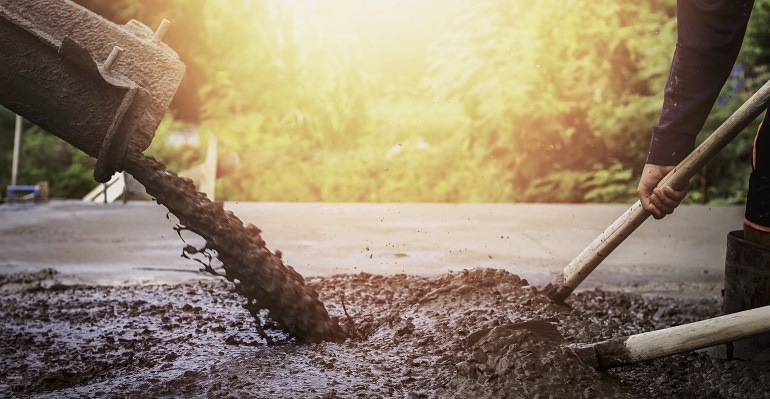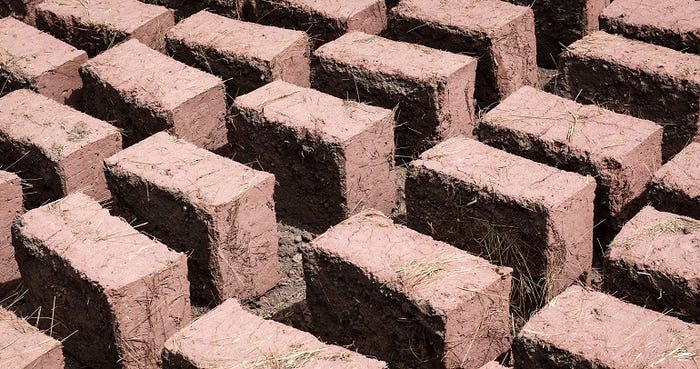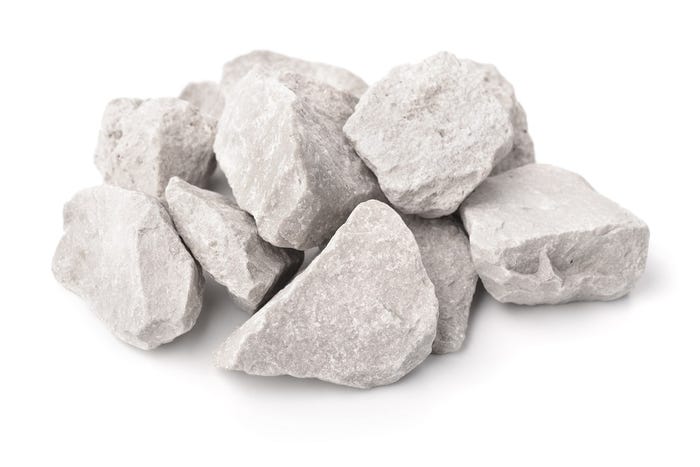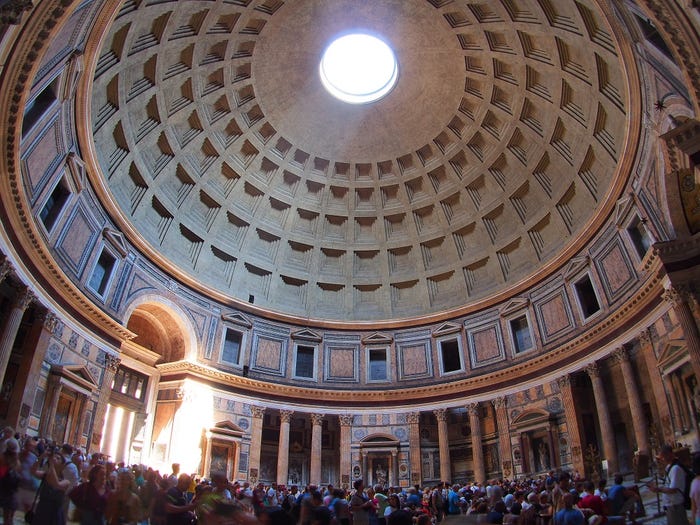In Part Six of this six-part series, concrete historian Luke Snell reviews all of the historical advancements that led to modern concrete.

When I began this quest to learn when and how concrete started, I thought I had the answer. All I had to do was put it in writing so others could see my logic and conclusions. But the more I researched the first steps of making concrete, the more I realized that it is more complex than I thought. The start of concrete really depends on your definition of concrete.
Hopefully, as you have followed this series of articles you have developed some opinions on how concrete got its started. It might be helpful to review a timeline of some of the important dates and details that we have discussed in the previous articles. The dates are provided by archeologists and will be updated and possibly changed as more information about our past is discovered.
Timeline
Widespread control and use of fire by man: 126,000 BC
Making fired clay figurines (Czech Republic): 29,000 BC
Making fired clay pottery (China): 18,000 BC
Making sun dried bricks (Israel): 9000 BC
Making lime (Turkey and Israel): 7000 BC
Making fired bricks (China): 4400 BC
Making gypsum (Egypt): 2600 BC
Making Roman cement (Italy): 1 AD
There are several discoveries we considered as the start of concrete. Each is a potential starting point for concrete, and each will have it doubters.

Sun dried bricks with mud mortar (Part 1): This meets the definition of both cement and concrete and it has been in use since at least 9000 BC. Because of the simplicity of this construction, it was likely used much earlier. Unfortunately, this type of construction was not durable so earlier dates of its use are unlikely to be found. Some readers will complain that sun dried bricks and mud mortars are very different than today’s concrete, so this is not an acceptable starting point. They might accept this as a starting point for masonry, but not for concrete.

Fired bricks with various mortars (Part 2): This again meets the definition of both cement and concrete and it has been in use since at least 4400 BC. The same readers that complain about sun dried bricks and mud mortars will also find this is not an acceptable starting point. They will agree this was a major step in masonry and construction but not for concrete. The Biblical story of Tower of Babel indicates that fired bricks may be much older than the fired bricks found in China. Their use of tar (asphalt) as a mortar was one of the many reasons why this construction was unsuccessful. Thankfully this poor choice of mortar did not stop the advancement of masonry and concrete.

Gypsum cement as mortar and plaster (Part 3): There is no record of when gypsum cement was discovered. In Part 3, I discussed how a campfire could have led to the discovery of gypsum as a cement. If this is true, then gypsum cement could have been discovered as early as 125,000 BC right after our ancestors learned how to make and control fire. This could have led to attempts to use this new cement to create a concrete. Thus this would be the first cement created using heat, similar to how we make cement today. Some readers will point out that the first known use of gypsum was in the pyramids in 2600 BC. The Egyptians used the gypsum as a method to ease construction by buttering the joints so they could maneuver the huge stone blocks into place. The gypsum was not intended to be a mortar or a cement to hold the blocks together and thus one could argue that this does not fit the definition of a cement.
The other use of gypsum at around the same time was as a plaster to create a smooth surface for writing and painting. Since this usage of gypsum was as a covering of a wall, it again does not meet the definition of a cement. This argument is further strengthened by the fact that no gypsum concrete artifacts have been found earlier than 2600 BC. Even if the discovery of gypsum cement was as early as 125,000 BC, we have no records that it was used prior to construction of the Pyramids.

Lime (Part 4): The process of making lime appears to have been well understood by 7000 BC. In my opinion, the knowledge our ancestors had accumulated by then allowed them to make the leap to producing lime. This is what they knew at that point:
Cementitious material could be made from gypsum rock using the heat of a normal campfire.
Heating or firing clay resulted in more durable figurines and pottery than could be achieved with sun-dried clay.
Higher temperatures resulted in superior clay products, leading to a search for how to achieve hotter fires.
Quicklime could be produced from limestone (a very common rock) when it was used to line the kiln while making pottery.
Some concrete historians have suggested that the manufacture of lime preceded the making of pottery since pottery was not found in some of the earliest sites that had used lime to make concrete. Since the firing of clay to make a figurine was at least 20,000 years before the first evidence of the manufacture of lime, it is possible that the knowledge of how to make lime spread more quickly than the making of pottery.

Roman Concrete (Part 5): Roman engineers appear to have captured all of the earlier developments of making lime and concrete. With about 200 years of peace, they had their engineers turn their attention to civil projects rather than military activities. This resulted in several great advances in how we make and use concrete. The many Roman concrete structures that survive today is a testament to their advancement in concrete technology. Some people will say that the Romans were the first to truly understand and use concrete. Their advancements in using air entrancement (animal blood), pozzolans, and lightweight aggregate could be considered the first concrete since it is similar to the way we make concrete today. Some will say that the Romans were just building on past successes and their accomplishment were the logical next steps in the evolution of concrete. They will agree that Rome had many accomplishments in concrete technology, however concrete was developed well before they made their improvements.
All of this led directly to the discovery of modern portland cement and the concrete of today. Key steps in this development were:
1. John Smeaton (1750) found that adding clay to the manufacture of lime resulted in an improved cement. One of his major accomplishment was to build the Eddystone Lighthouse using this new cement.
2. Joseph Aspdin (1824) obtained the first patent to make “portland cement” by increasing the temperature and controlling the addition of clay.
Some readers will argue that concrete really started with the Romans, John Smeaton, or Joseph Aspdin since their cements and resultant concrete is closest to modern concrete. I don’t disagree with this opinion.
I thought I had the answer before I started on this quest. But the more I researched this, the more I realized that concrete was not a single discovery but a series of discoveries that happened all over the world. Which theory of when concrete likely started one adheres to depends on both your definition of concrete and what you think was the most important or key first step. Regardless of which theory you like about the start of concrete, we can be thankful to our ancestors that they kept at it to develop the concrete we have today.
About the Author(s)
You May Also Like




